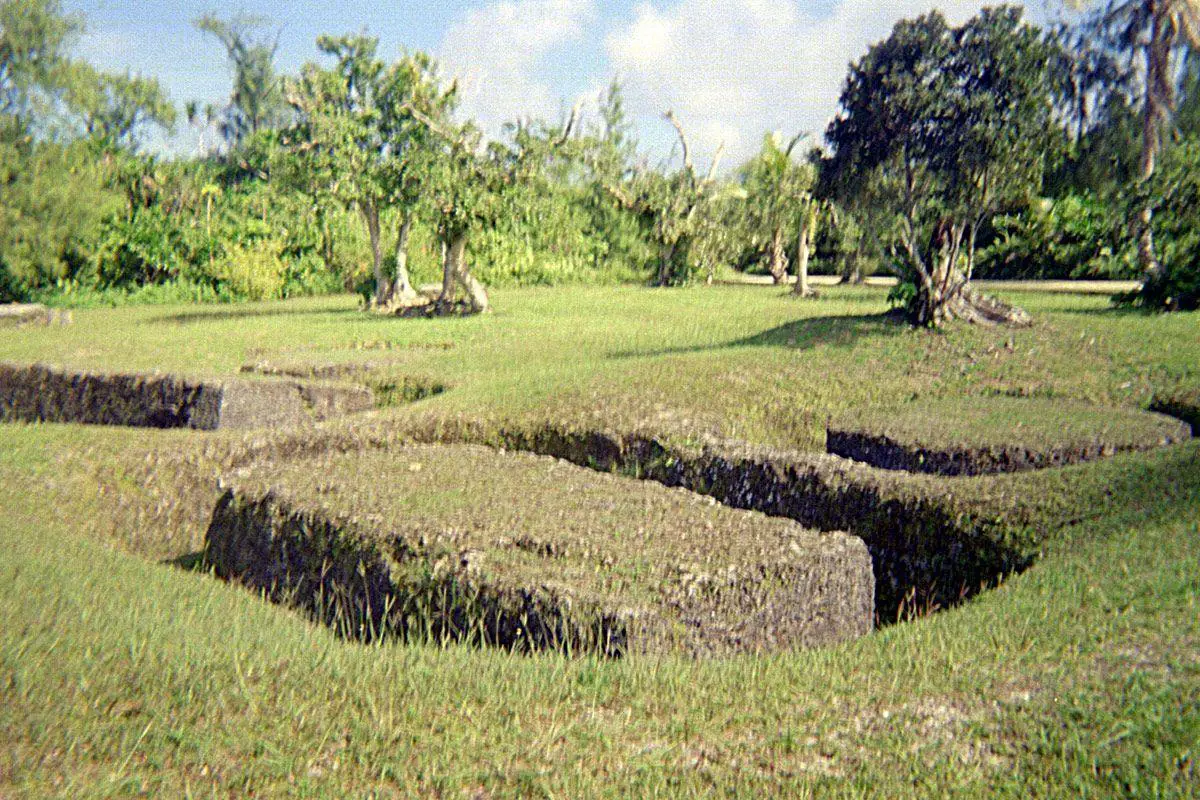World 🢖 Australia and Oceania 🢖 Micronesia 🢖 Northern Mariana Islands
Megaliths 🢔 Archaeological wonders 🢔 Categories of wonders
Wonder
Rota Latte Stones Quarry (As Nieves Quarry)
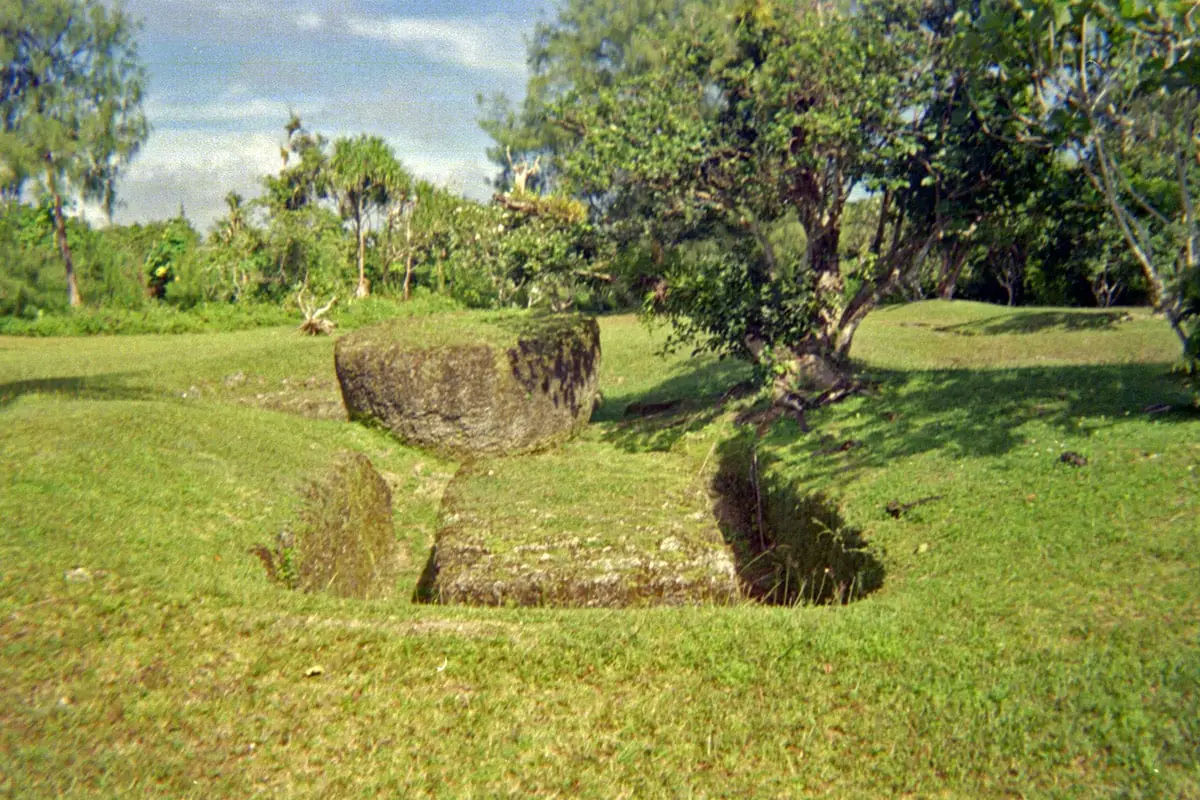
 In short
In short
Once upon a time (no one knows when) somebody planned to make the largest megaliths in Mariana Islands. It was planned to erect up to 7.6 m tall stone columns, capped with 1.5 m high capstones.
 41.3%
41.3%
GPS coordinates
Location, address
Alternate name
Age
Culture
Map of the site
If you see this after your page is loaded completely, leafletJS files are missing.
 In detail
In detail
Unfortunately this project was not a success. The giant stones were left lying in Rota Latte Stones Quarry.
Megaliths of Mariana Islands
Latte stones are a specialty of the Mariana Islands. Like most other megaliths of the world, they are mysterious – their age and purpose are not known with certainty. It is also not clear how the ancient Chamorro people mined them, transported them, and erected them.
It is known that latte stones were erected even more than 1000 years ago – around 845 AD. These structures might be made up to the 16th century. It is also known that often these giant stones were shipped over the sea and transported for several kilometers over the land.
Latte stone settings consists of two enormous stones – a standing upright stone column (halagi) with a capstone (tåsa) on it. Tåsa has hemispheric form, with a flat side facing upwards. Some specialists consider that the rounded tåsa prevented the rats from climbing up the stone pillar.
Latte stones were located in the sites of ancient villages. These megaliths in general were placed in two rows.
According to the accounts of early travelers these could be foundations for buildings of special importance.
These megaliths have some similarities to the famous moai statues in Rapa Nui – moai consist of the base statue and capstone as well and also moai represent a competition between different clans, gradually making bigger and bigger statues.
The largest latte stones
The largest latte stones were mined in Rota Latte Stones Quarry (As Nieves quarry).
Here Chamorro people in some unknown times tried to mine nine halagi and seven tåsa. All these stones are still in their original places – with each tåsa next to halagi.
The stone columns – halagi – here were up to 7.6 m tall, weighing up to 34 tons. Tåsa stones here are 1.5 m high and have a diameter of 2.1 m, they weigh up to 22 tons.
It is possible that stones were mined here simultaneously for a single latte stone structure – but the works were left uncompleted. There might be different explanations for this including sudden warfare.
If the works would be completed, these stones would be 0.5 m taller than the largest existing erected latte stones – House of Taga in Tinian. Most likely here we see a competition between different clans, striving to make the largest stone structures.
References
- Rainbird, Paul. The Archaeology of Micronesia, Cambridge World Archaeology, 2004.
- Morgan, William N. Prehistoric Architecture in Micronesia, the University of Texas Press, 1988.
 Linked articles
Linked articles
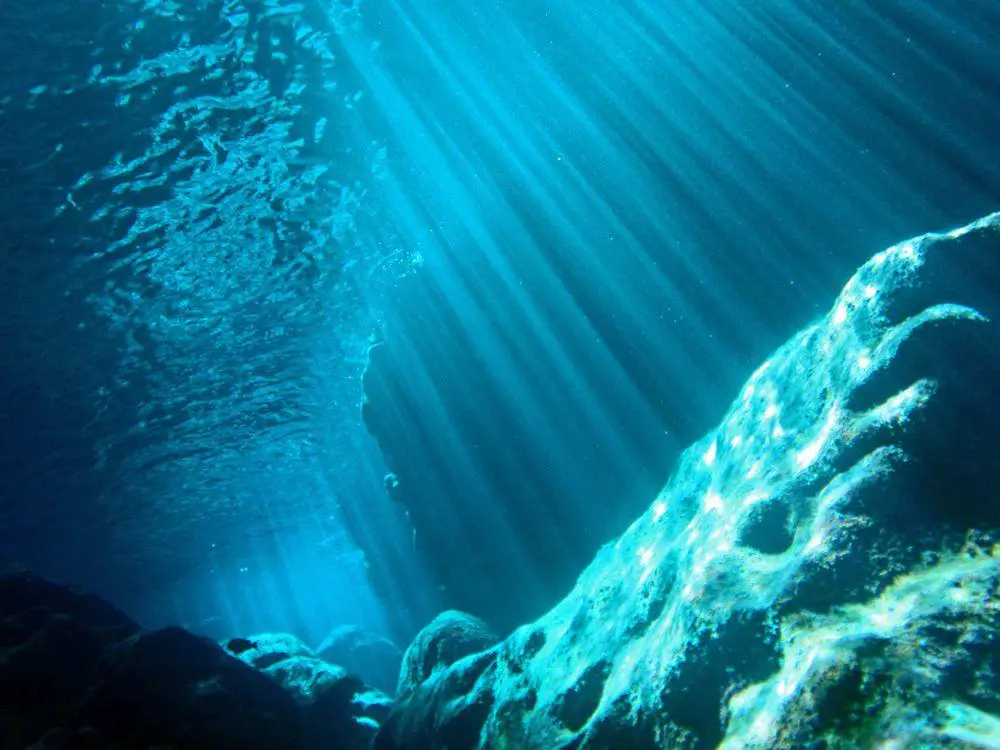
Wonders of Northern Mariana Islands
Highlights of the Northern Mariana Islands are the unique submarine volcanoes, the gorgeous nature, and local megaliths – latte stone settings.
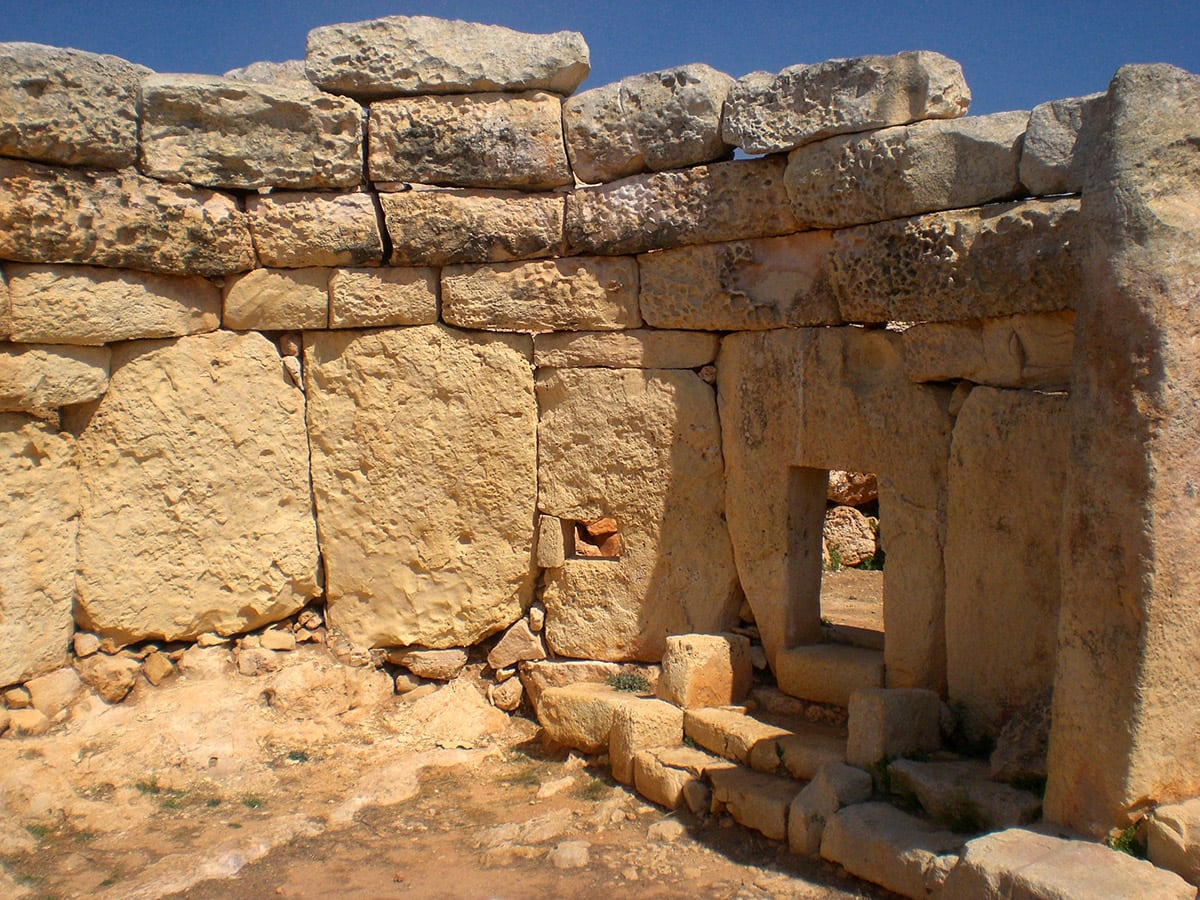
Megaliths
One of the most fascinating groups of archaeological monuments are prehistoric structures made of stones – megaliths. Through the ages, people have loved to strain their minds to find a sensible explanation for the many riddles posed by megaliths.
Even today, we can admit with some pleasure, there are thousands of mysteries left for us.
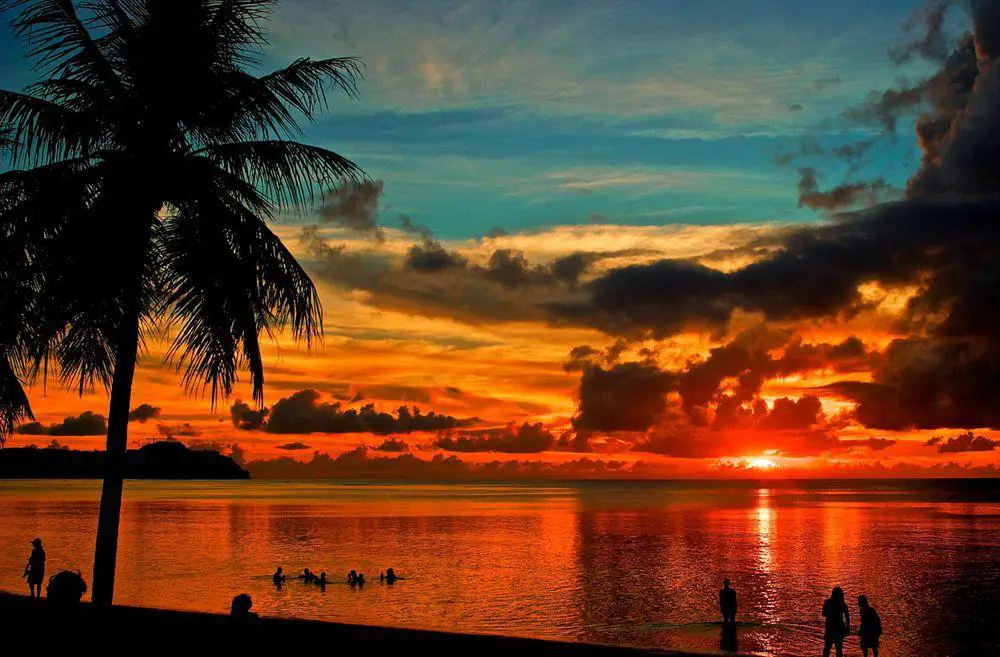
Wonders of Micronesia
Micronesia consists of a huge number of scattered, small islands. Many are low-lying atolls, but several islands offer true mountain scenery and are covered with rainforests. In the Northern Mariana Islands are located several exotic volcanoes which are covered with lush, primeval forests.
 Recommended books
Recommended books
The Archaeology of Micronesia
Drawing on a wide range of archaeological, anthropological, and historical sources, Paul Rainbird surveys the development of Micronesia, from the earliest process of human colonization, within the broader context of Pacific Island studies. Addressing contemporary debates around processes of colonization, social organization, environmental change, and the interpretation of material culture, this book will be essential reading for any scholar with an interest in the archaeology of the Pacific.
Prehistoric Architecture in Micronesia
In the many centuries preceding Western contact, a richly diverse and innovative architectural tradition reached maturity in the western Pacific. Prehistoric Architecture in Micronesia, the first modern study of this remarkable work, reveals that there is no such thing as primitive architecture but only primitive means.

